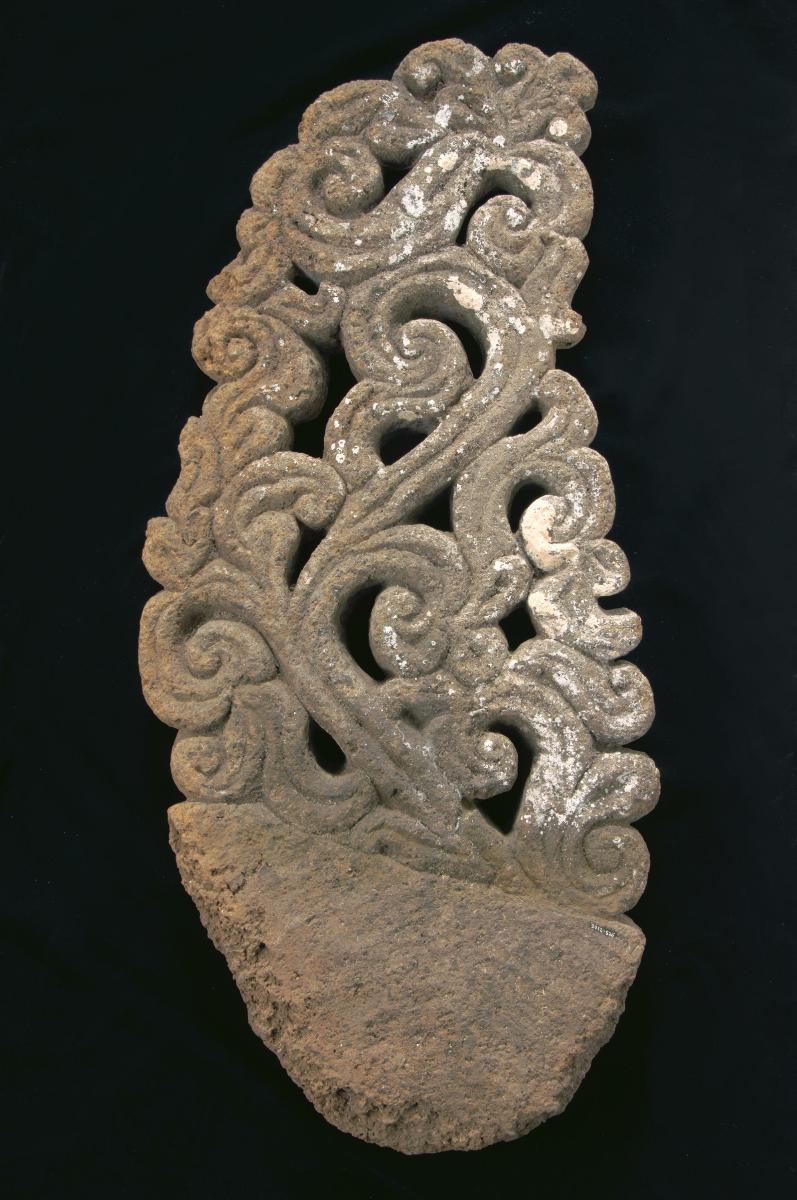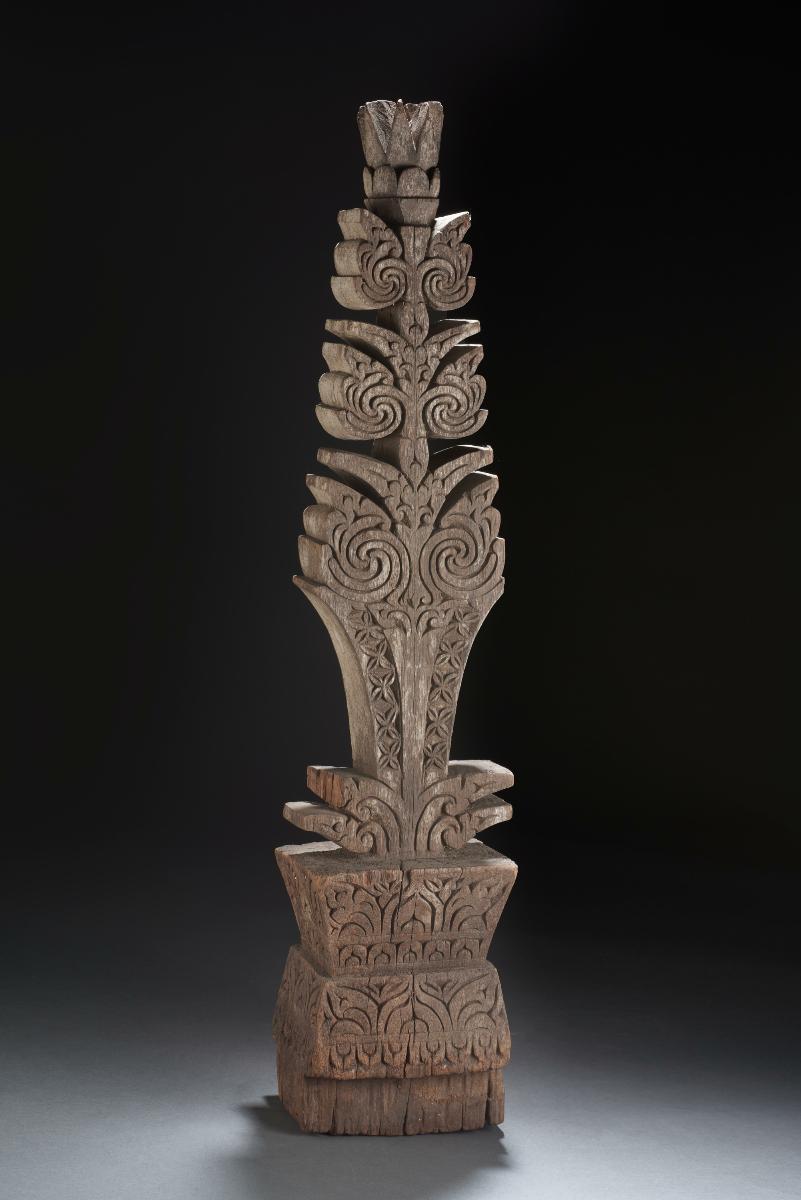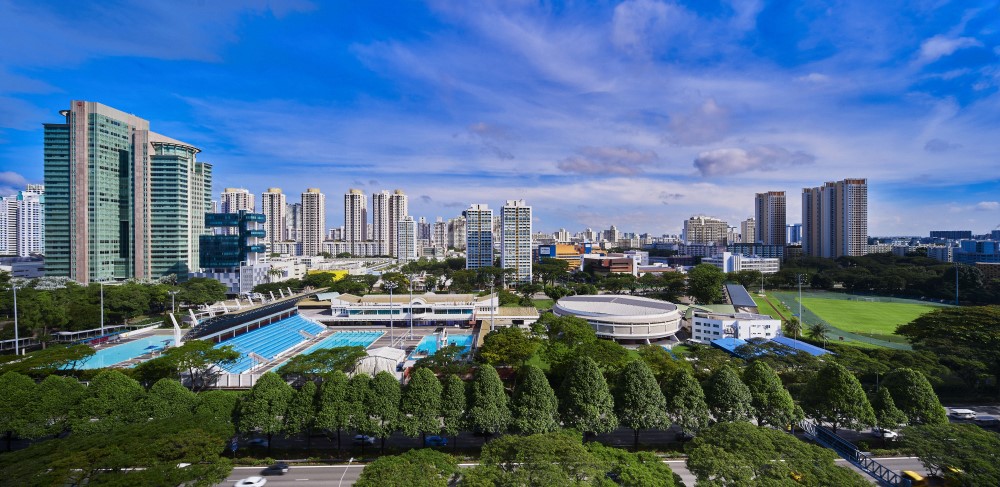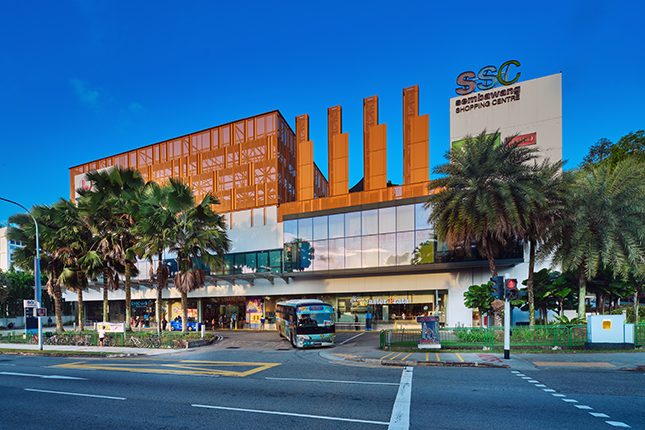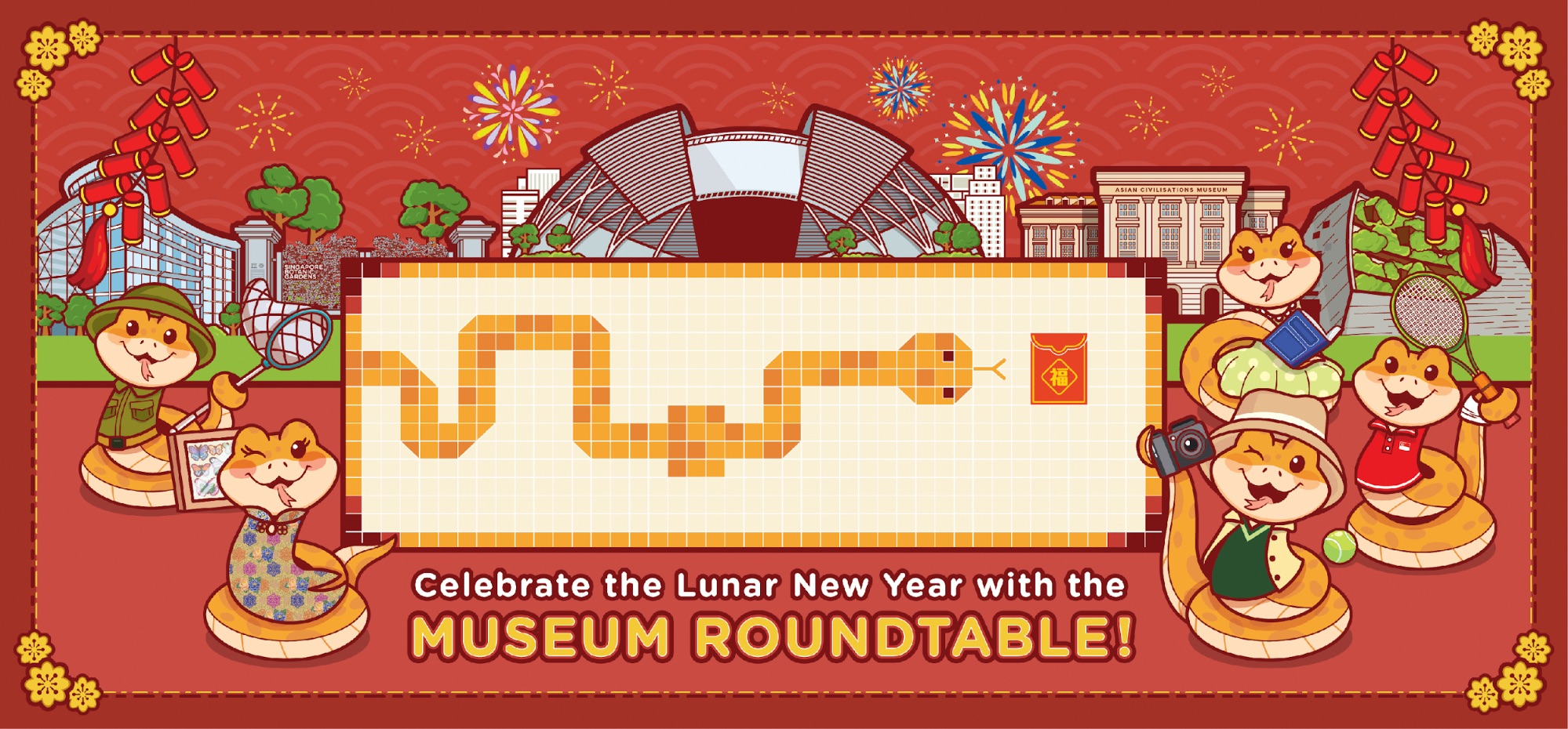0 W: 43.,
0 D: 10.0
The Bajau people of the Sulu Archipelago are a semi-nomadic people who spend a great deal of their time aboard boats travelling from island to island, fishing and collecting other sea products such as the sea cucumber or trepang. The Bajau bury their dead in coastal gravesites and mark the graves with elaborate markers made up of two elements - the kubul, a sort of low enclosure that surrounds the grave, and a central marker of wood, coral or stone, known as a sunduk.Markers for males are generally cylindrical while those for females are flat - as in this example. While the Bajau are Muslims their grave markers incorporate pre-Islamic symbols - particularly boats, which symbolise a supernatural vehicle that conveys the ancestors to the afterlife - a common motif in many Austronesian descended communities like the Bajau, as well as human figures which represent ancestors. This marker likely is a reference to the tree of life motif, ubiquitous across much of Southeast Asia.




